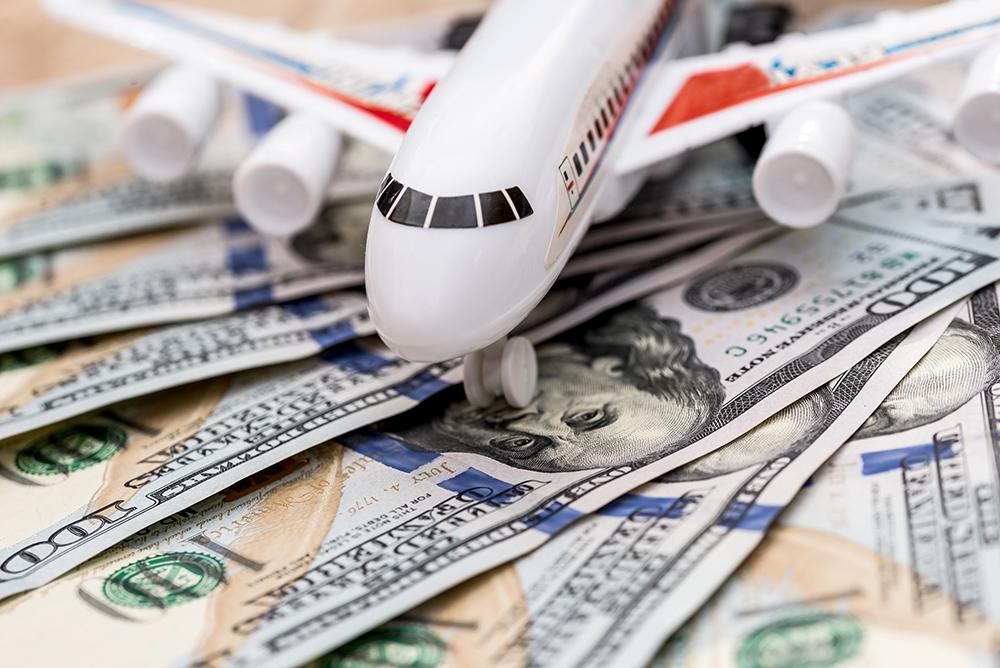
As MROs get closer to their pre-pandemic levels of activity, the aftermarket could be ripe for a rising number of merger and acquisitions (M&A).
“We have no significant debt maturities until fiscal 2025 and plan to utilize our financial strength and flexibility to aggressively pursue high-quality acquisitions of various sizes to accelerate growth and maximize shareholder returns,” said HEICO Chairman and CEO Laurans Mendelson in his latest earnings call. Indeed, HEICO is well positioned financially, with debt barely 10% of equity and net debt little more than a quarter of earnings before interest, taxes, depreciation and amortization.
Other financially strong U.S. MROs are also eyeing possible acquisitions. Vice President and Treasurer Dylan Wolin says AAR is especially interested in acquisitions that enhance the differentiation and intellectual property content of AAR services for commercial and government aviation. “This includes proprietary repairs, part design, enhanced digital and technical service capabilities and value-added distribution,” says Wolin.
ATS has grown in recent years, both internally and through acquisitions. CEO Paul Dolan says he would like to add more capabilities, such as airframe, component and used parts, or parts manufacturer approval or supplemental type certificate development capacity.
But after the brutal pandemic shakeout and during an uneven recovery, it’s a jumbled landscape for both potential buyers and sellers. Raman Ram, aerospace and defense leader at Ernst & Young Americas, notes that providers of calendar-driven maintenance—such as landing gear—and narrowbody shops have been busy. MROs doing on-condition, time- or cycle-driven maintenance and widebody work have been less lucky. Ram sees the former calendar-driven and narrowbody MROs “in a good position to seek M&A opportunities.”
Further, private equity companies have raised funds and have been sitting on a lot of cash as M&A deals declined considerably during COVID-19. “On balance, we will likely see more financial transactions,” Ram predicts.
Several mid-market aerospace-focused private equity companies have already begun investments in commercial aftermarket services. “They will continue to augment their portfolio with additional assets to gain scale or scope by expanding within and across ATA chapters, besides distribution and logistics services,” says Ram. The best candidates for near-term acquisitions will likely be companies that support narrowbody components.
Alton Aviation Consultancy Managing Director Jonathan Berger also sees financial and private equity acquisitions as more likely in the near term than strategic acquisitions. Coming out of COVID-19, many MROs are more focused on cash conservation and battling supply chain and labor shortage challenges. “PE firms will continue to be very active,” Berger predicts. “The really interesting transactions are Lufthansa Technik and Air France Industries seeking external investment for the first time. Could this start a wave of airline-affiliated MRO providers seeking minority investors?”
Berger thinks investors believe that most MROs are close to pre-pandemic levels, and he expects to see increased M&A transaction activity in 2022 and 2023. He also expects some acquisitions to cross borders. “Buyers and sellers are global,” he says.
Berger believes much M&A attention will be given to anything related to air cargo, whether it be cargo operators, cargo maintenance specialists, cargo part traders, cargo conversion shops or makers of cargo loading systems. “All are in the process of increasing their growth forecasts, and therefore have the attention of the investment community,” he says.
Alton Aviation is also seeing consolidation of part distributors and traders. Berger believes this sector is still very fragmented with too many players. “With increased demand for used serviceable materials, part distributors are ripe for consolidation,” he says.
Berger notes that aerospace deal counts in 2020 and 2021 were barely a third of 2019 levels. Average deal prices dipped in 2020, to 10.5 times annual earnings, versus 11.0 in 2019. But prices recovered to 11.0 in 2021.
The pandemic and grounding of the Boeing 737 MAX hit deal counts hard for two years, but there should now be plenty of appetite for further consolidation.




